Find Help
More Items From Ergsy search
-
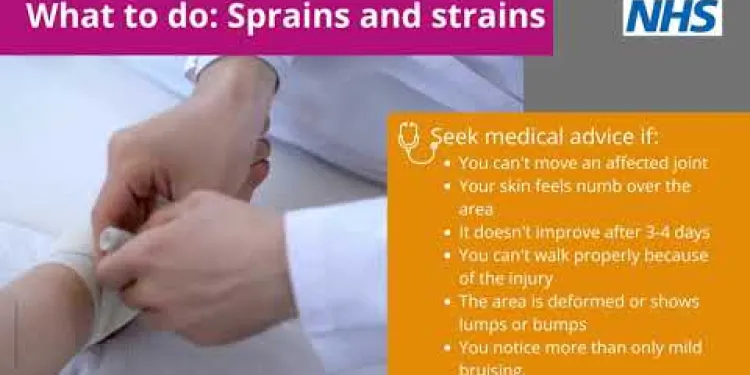
Self-care for sprains and strains
Relevance: 100%
-

Think Pharmacy: Sprains and Strains
Relevance: 72%
-
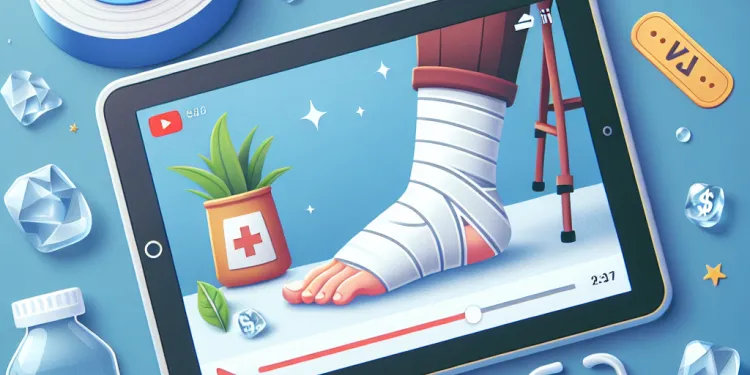
How to treat a sprained ankle
Relevance: 40%
-

What is the importance of self-care for community helpers?
Relevance: 35%
-

What is the H3N2 flu strain?
Relevance: 26%
-
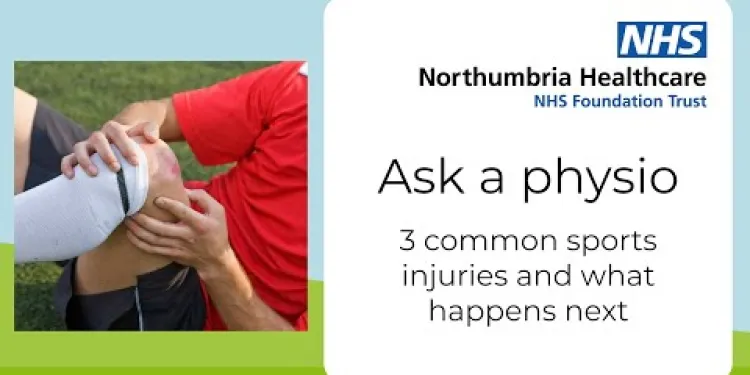
Ask a physio: 3 common sports injuries and what happens next
Relevance: 26%
-

Is Super Flu a new strain of virus?
Relevance: 25%
-
New Covid Variant Strains
Relevance: 23%
-

Are there any self-care strategies to cope with relationship-induced depression?
Relevance: 23%
-

Is the winter flu jab effective against all flu strains?
Relevance: 23%
-

Is H3N2 more dangerous than other flu strains?
Relevance: 22%
-
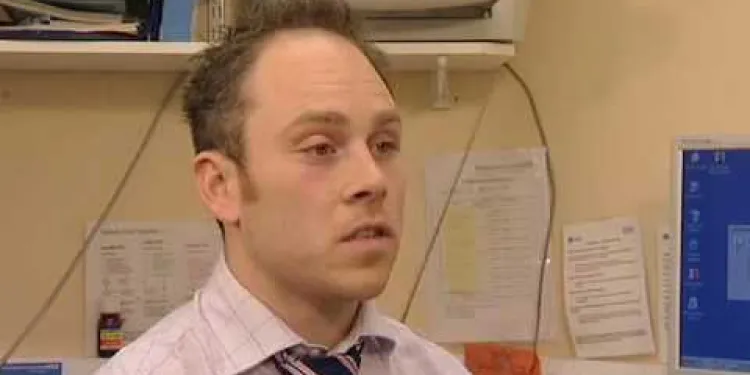
Advice on sports injuries
Relevance: 18%
-
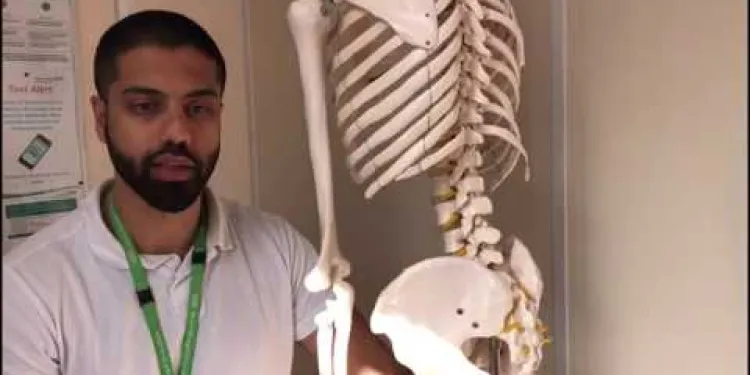
MSK Lower Back Pain information video
Relevance: 17%
-
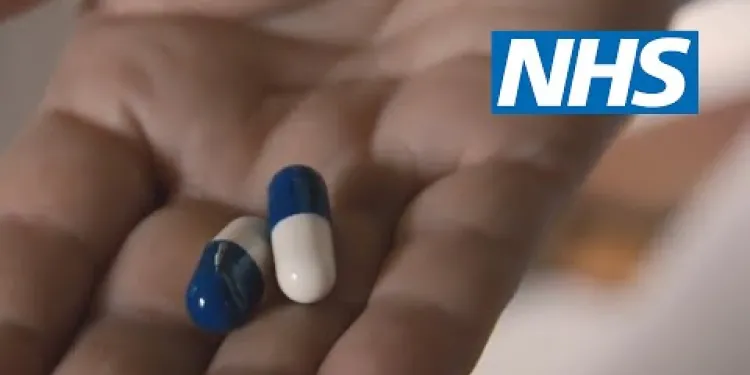
How to treat back pain | NHS
Relevance: 15%
-
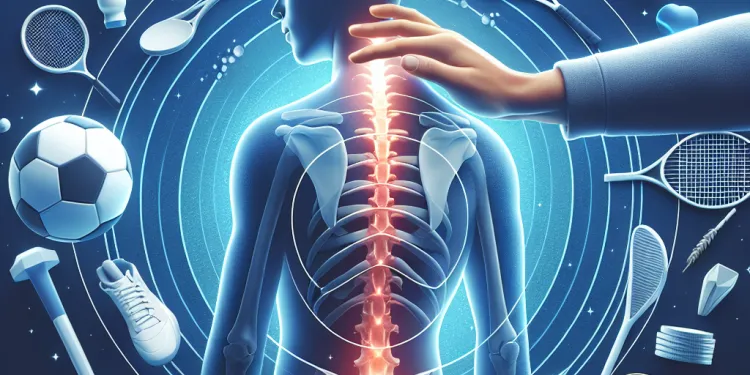
Can chiropractors help with sports injuries?
Relevance: 14%
-

Useful information for patients with lower back pain
Relevance: 12%
-

Coping with Stress and Anxiety
Relevance: 11%
-
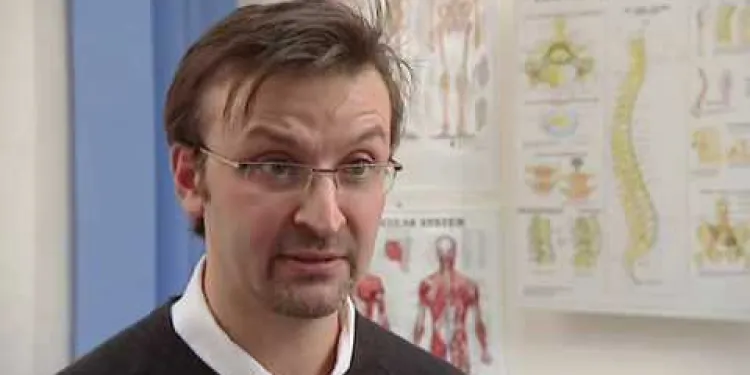
Advice on neck pain and whiplash
Relevance: 10%
-

How can I rebuild my self-esteem in a challenging relationship?
Relevance: 10%
-

What should I do if I suspect I have postnatal depression?
Relevance: 9%
-

Is there a vaccine for H3N2?
Relevance: 9%
-

Why does H3N2 often lead to more severe flu seasons?
Relevance: 9%
-

Can animals get Super Flu?
Relevance: 9%
-
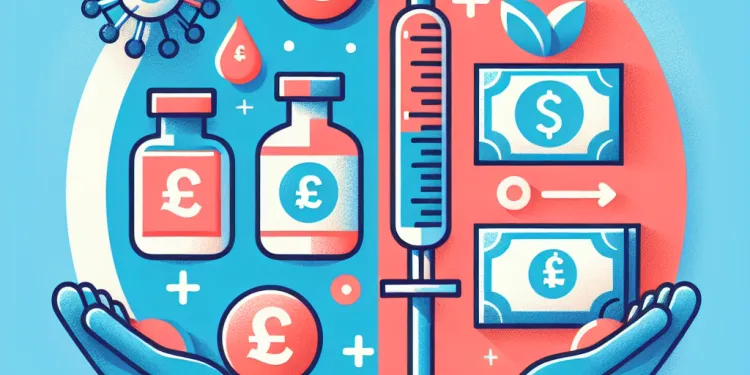
How effective is the flu vaccine?
Relevance: 9%
-

Can Super Flu cause a pandemic?
Relevance: 9%
-

Is there a difference between E. coli and Escherichia coli?
Relevance: 9%
-

Can first aid skills help in daily life?
Relevance: 9%
-
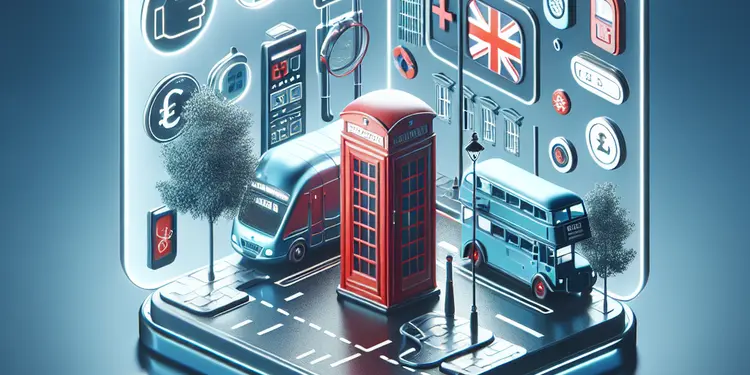
What causes Super Flu?
Relevance: 9%
-

Has Super Flu occurred in the past?
Relevance: 9%
-

Does E. coli play any beneficial role in the human body?
Relevance: 9%
-
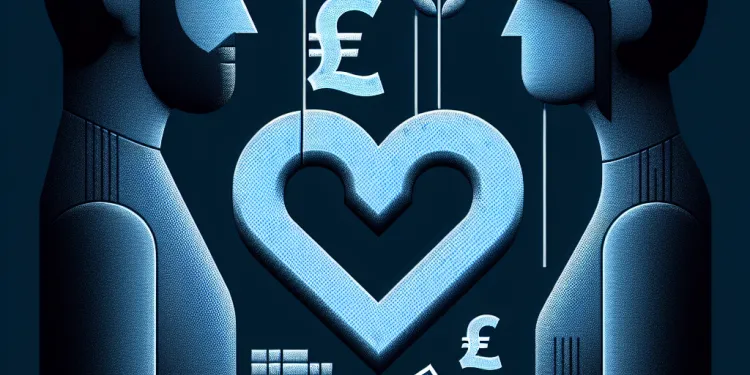
Can ending a toxic relationship improve my mental health?
Relevance: 9%
-

Can I get norovirus more than once?
Relevance: 9%
-

Mental Health Services Struggle to Cope Amid Record Demand
Relevance: 9%
-
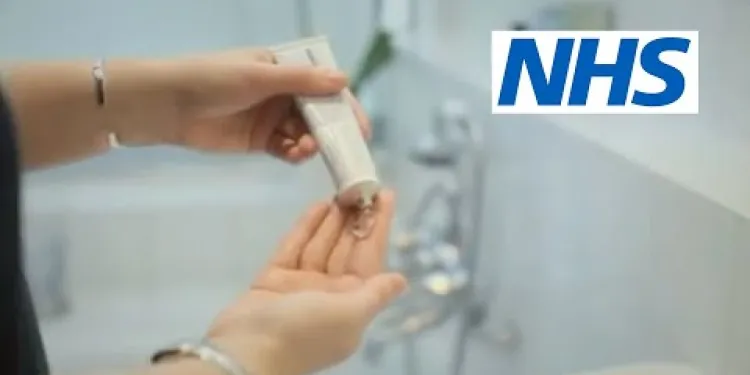
What can I do about haemorrhoids? | NHS
Relevance: 9%
-

Is E. coli always harmful?
Relevance: 9%
-
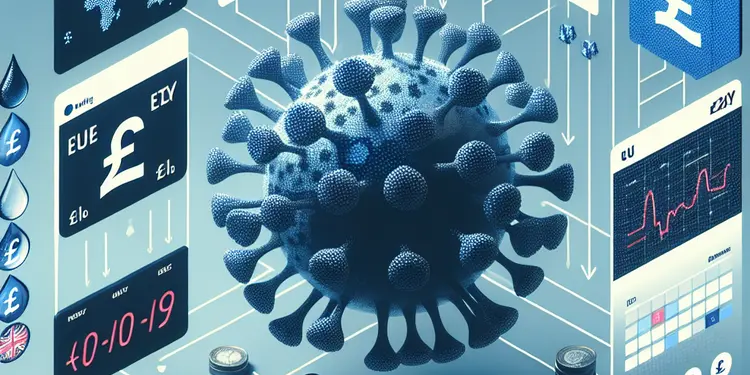
When does the H3N2 flu season typically occur?
Relevance: 9%
-

Can E. coli cause illness?
Relevance: 8%
-
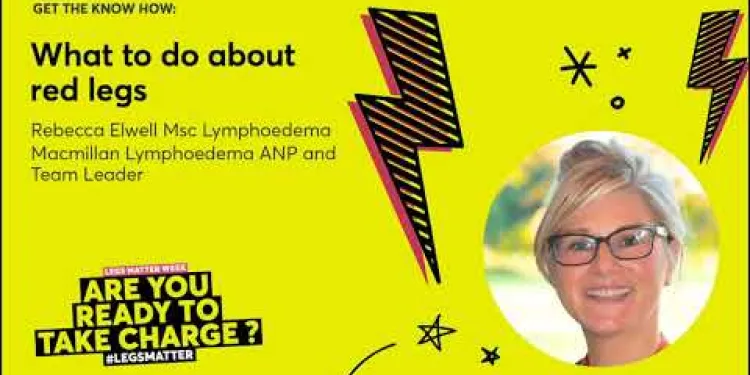
What to do about red legs
Relevance: 8%
-

Is rest important for recovering from whiplash?
Relevance: 8%
-

What is Super Flu?
Relevance: 8%
Self-care for Sprains and Strains
Understanding Sprains and Strains
Sprains and strains are common injuries that affect muscles and ligaments. A sprain involves the overstretching or tearing of ligaments, which are tissues connecting two bones. A strain, on the other hand, is an injury to a muscle or tendon, the latter connecting muscles to bones. Both injuries can cause pain, swelling, and limit mobility, making it essential to take appropriate self-care measures.
The RICE Method
The RICE method is a crucial first-aid treatment for sprains and strains:
- Rest: Avoid using the injured area to prevent further damage.
- Ice: Apply an ice pack to the injury for 15-20 minutes every 2-3 hours during the first 48 hours. Never place ice directly on the skin.
- Compression: Use an elastic bandage to wrap the injury, reducing swelling and providing support. Ensure it is not too tight.
- Elevation: Keep the injured area raised above the level of your heart to reduce swelling.
Pain Management
Over-the-counter pain relievers, such as paracetamol or ibuprofen, can help manage pain and inflammation. Always follow the dosage instructions on the packaging and consult with a healthcare professional if you have any pre-existing conditions or are taking other medications.
When to Seek Medical Attention
While most sprains and strains can be managed at home, it is important to seek medical attention if you experience:
- Severe pain or inability to use the affected limb
- Rapid swelling or bruising
- Numbness or tingling
- Symptoms that do not improve after a few days of self-care
Rehabilitation and Recovery
After the initial healing phase, gentle exercises and stretches can help restore strength and flexibility. A physiotherapist can guide you through an appropriate rehabilitation program to ensure a safe and effective recovery. Avoid returning to strenuous activities until you have fully recovered to prevent re-injury.
Prevention Tips
To reduce the risk of sprains and strains, consider the following tips:
- Warm up and stretch before physical activities.
- Wear appropriate footwear and protective gear.
- Maintain good muscle strength and flexibility.
- Practice proper techniques during sports and exercises.
Conclusion
Proper self-care for sprains and strains is essential to ensure a quick and effective recovery. By following the RICE method, managing pain, and knowing when to seek medical attention, you can reduce the impact of these injuries. Incorporating preventive measures can also help avoid future sprains and strains.
Self-care for Sprains and Strains
Understanding Sprains and Strains
Sprains and strains are injuries that can happen to your muscles and ligaments. A sprain is when ligaments, which connect bones, get stretched or torn. A strain is when a muscle or tendon, which connects muscles to bones, is hurt. These injuries can hurt, swell, and make it hard to move. Taking care of them is important.
The RICE Method
The RICE method is a way to help sprains and strains feel better:
- Rest: Don't use the hurt area to stop more damage.
- Ice: Put an ice pack on the injury for 15-20 minutes every 2-3 hours for the first two days. Do not put ice right on the skin.
- Compression: Wrap the injury with a bandage to help with swelling and support. Make sure it's not too tight.
- Elevation: Keep the hurt area up high, above your heart, to help stop swelling.
Pain Management
You can take pain medicine like paracetamol or ibuprofen to help with pain and swelling. Follow the instructions on the package, and talk to a doctor if you are unsure or taking other medicines.
When to Seek Medical Attention
Most sprains and strains can be treated at home, but you should see a doctor if you have:
- Very bad pain or can't use the hurt area
- Big swelling or bruising quickly
- No feeling or tingling in the area
- Problems that don't get better in a few days
Rehabilitation and Recovery
After some healing, gentle exercises can help you get strong and stretch the area. A physiotherapist can help you with exercises to get better safely. Avoid heavy activities until you are fully healed to stop from getting hurt again.
Prevention Tips
Here are tips to help stop sprains and strains:
- Warm up and stretch before doing sports or exercise.
- Wear the right shoes and safety gear.
- Keep your muscles strong and flexible.
- Use proper movements during sports and exercise.
Conclusion
Taking care of sprains and strains correctly is important to get better quickly. Use the RICE method, manage pain, and know when to see a doctor. These steps can help you recover well. Also, taking care can help stop sprains and strains from happening again.
Frequently Asked Questions
What is the difference between a sprain and a strain?
A sprain involves stretching or tearing ligaments (the tissue connecting bones at a joint), while a strain involves stretching or tearing muscles or tendons (the tissue connecting muscles to bones).
How can I tell if I have a sprain or a strain?
Both injuries can cause pain, swelling, and bruising. Sprains typically occur around joints like the ankle, knee, or wrist, whereas strains affect muscles and tendons and are common in the legs or back.
What should I do immediately after getting a sprain or strain?
Follow the RICE method: Rest the injured area, Ice it for 15-20 minutes every 2-3 hours, Compress with an elastic bandage, and Elevate the limb to reduce swelling.
When should I see a doctor for a sprain or strain?
Seek medical attention if there is severe pain, inability to move the joint or muscle, obvious deformity, or if symptoms don't improve with self-care after a few days.
Can I exercise with a sprain or strain?
Avoid strenuous activities that exacerbate pain or swelling. Gradually reintroduce gentle movement and exercises as you heal, guided by a healthcare professional.
What kind of over-the-counter medication can I take for pain relief?
Over-the-counter pain relievers such as paracetamol or ibuprofen can help manage pain and reduce inflammation.
Is it safe to move the injured area?
Gentle, pain-free movement can help maintain flexibility but avoid activities that cause pain or discomfort. Immobilisation may be necessary in severe cases.
How long does it take for a sprain or strain to heal?
Recovery time depends on the severity of the injury. Mild sprains and strains may heal in 2-3 weeks, while more severe injuries could take several months.
Can I use heat therapy on my sprain or strain?
Use ice for the first 48-72 hours. Heat therapy may be beneficial after this period to relax muscles and increase blood flow, provided there's no swelling.
Should I wrap a sprain or strain with a bandage?
Compression bandages can help reduce swelling. Ensure the bandage is snug but not too tight to avoid cutting off circulation.
Are there any home remedies for sprains and strains?
In addition to the RICE method, gentle massage, stretching, and using natural anti-inflammatories like turmeric may aid recovery.
Can I prevent sprains and strains?
Regular exercise, proper warm-ups, wearing appropriate footwear, and using correct techniques during physical activities can help prevent these injuries.
What should I avoid doing with a sprain or strain?
Avoid activities that cause pain, swelling, or discomfort. Do not apply heat during the initial 48-72 hours post-injury and avoid massaging the injured area early on.
Is it necessary to use crutches for a leg sprain or strain?
Crutches may be necessary if bearing weight on the injured leg causes pain. Consult a healthcare professional for advice tailored to your injury.
Can stretching help with recovery?
Gentle stretching and strengthening exercises can aid recovery but should be done gradually and with professional guidance to avoid further injury.
What is different between a sprain and a strain?
A sprain and a strain both hurt, but they are not the same.
A sprain happens when you hurt a ligament. This can happen if you twist your ankle.
A strain happens when you hurt a muscle or a tendon. This can happen if you lift something heavy.
To help, you can use ice, rest, and see a doctor if it is bad.
A sprain happens when the strong bands that connect bones at a joint get stretched or torn. A strain is when the muscles or the cords that connect muscles to bones get stretched or torn.
How do I know if I have a sprain or a strain?
A sprain is when you hurt a joint. A joint is where two bones meet, like your ankle.
A strain is when you hurt a muscle or a tendon. Muscles help you move, and tendons connect muscles to bones.
Here are some ways to tell the difference:
- If you have a sprain, your joint might be swollen, bruised, or you might find it hard to move.
- If you have a strain, your muscle might hurt, feel weak, or cramp up.
If you are not sure, a doctor can help you find out.
Using ice and resting can help with both sprains and strains. You can ask someone to help you wrap the injury, too.
If you hurt yourself, you might feel pain, see swelling, or have a bruise.
A sprain is when you hurt the place where two bones meet, like your ankle, knee, or wrist.
A strain is when you hurt muscles or the stretchy parts that connect muscles to bones. This often happens in your legs or back.
For help, you can use tools like ice packs or get advice from a grown-up.
What to Do Right After a Sprain or Strain
Sometimes, you can hurt your muscles or joints. This can happen if you fall or twist your body. This type of injury is called a sprain or strain.
Steps to Help
- Rest: Stop moving the hurt part and take a break.
- Ice: Put a cold pack or ice wrapped in a cloth on the hurt area for 15-20 minutes. This helps reduce swelling.
- Compress: Use a bandage or cloth to gently wrap the area. This gives support and helps with swelling.
- Elevate: Raise the hurt part above your heart level if you can. This also helps with swelling.
If you are not sure what to do, ask an adult for help. You can also use apps or videos to learn more about first aid.
Here is how to help when you have a hurt area:
- Rest: Stop using the hurt part to help it get better.
- Ice: Put ice on it for 15-20 minutes. Do this every 2-3 hours. This helps with pain and swelling.
- Compress: Use a stretchy bandage to wrap the hurt part. This helps stop swelling.
- Elevate: Lift the hurt part up. This helps stop swelling too.
When should I go to the doctor for a sprain or strain?
If you hurt your muscle or ankle, it can be a sprain or strain. It's like a twist or pull. Sometimes it gets better with rest.
You should see a doctor if:
- It really hurts a lot.
- You can't walk or use the hurt part.
- It is very swollen or bruised.
- It doesn’t get better in a few days.
Resting, using ice, and putting the hurt part up can help.
A parent, friend, or doctor can help you decide what to do next.
Go to the doctor if:
- You have really bad pain.
- You can't move the joint or muscle.
- The joint or muscle looks wrong or bent.
- You don't get better after trying to take care of it yourself for a few days.
Ask someone you trust to help you if you find it hard to understand this information.
Can I exercise if I hurt my muscle or joint?
Sometimes, we can hurt a muscle or a joint. This can be a sprain or a strain.
If this happens, we must be careful. It is important to rest and let it heal.
Ask a grown-up or a doctor for help. They can tell you when it's safe to exercise again.
Use tools that can help, like ice packs to make it feel better. Wrap the hurt area if needed.
Take it slow and listen to your body. If it hurts, stop and rest.
Do not do hard activities that make pain or swelling worse. Slowly start doing gentle movements and exercises as you get better. Let a healthcare professional help you.
What medicine can I buy at the store to help with pain?
If you have a headache or other pain, you can buy some medicines at the store without a prescription.
Here are some of the names:
- Paracetamol
- Ibuprofen
It is important to follow the instructions on the box.
If you are not sure how much to take, ask an adult or a pharmacist to help you.
You can also use a simple tool, like a pill organizer, to help remember your doses.
You can buy some medicines at the store to help with pain. These medicines are called paracetamol or ibuprofen. They can make the pain feel better and help with swelling.
If you find reading difficult, you can:
- Ask someone to read with you.
- Use a screen reader to hear the words spoken out loud.
- Break the text into smaller parts to read slowly.
Is it safe to move the hurt area?
If you hurt yourself, like if you fall or bump into something, it might not be safe to move the hurt spot right away.
Ask an adult to help. They can look at the hurt area and decide if you need to see a doctor.
If it hurts a lot, you should rest the area and not move it too much.
Using things like ice packs can help stop swelling. Always wrap ice in a towel before using it on skin.
Moving your body gently and without pain can help keep you flexible. But, if it hurts, stop doing it. Sometimes, if your problem is very bad, you might need to keep your body still for a while.
How long does it take for a sprain or strain to get better?
How long it takes to get better depends on how bad the injury is. If it's a small hurt, like a mild sprain or strain, it might take 2-3 weeks to heal. If it's a bigger injury, it might take a few months.
Can I use heat on my hurt muscle or joint?
If you hurt a muscle or joint, you might wonder if using heat will help.
Heat can make your muscle or joint feel better. It can help your body heal. But it is best to use heat after a few days when the swelling goes down.
If the hurt area is swollen and red, use an ice pack first. After a few days, when the swelling is gone, you can try using a warm cloth or a heating pad.
Ask a grown-up or a doctor if you are not sure what to do.
Tools that might help are ice packs, warm cloths, or heating pads. Always be careful and do not use them for too long.
For the first 2-3 days, use ice. After that, you can use heat to help muscles feel better and get blood moving. But only use heat if there is no swelling.
Should I use a bandage for a sprain or strain?
If you hurt your ankle, wrist, or another part of your body, it is called a sprain or strain. A bandage can help. Here are some easy steps:
- Gently wrap the bandage around the sore spot.
- Make sure it is snug but not too tight.
- The bandage should help you feel better.
If your injury really hurts, show it to an adult or see a doctor. They can help you more.
Compression bandages can help make swelling go down. Make sure the bandage is tight enough to stay on, but not so tight that it stops blood from flowing.
Can I use home treatments for sprains and strains?
If you hurt your ankle or wrist, you might have a sprain or strain. Here are some simple ways to feel better:
- Rest: Take a break and don't use the hurt part too much.
- Ice: Put a cold pack on the hurt part to stop swelling. Do this for 15-20 minutes.
- Compress: Wrap the hurt part with a bandage to support it.
- Elevate: Keep the hurt part up high, like on a pillow, to help it heal.
Ask an adult or a doctor if you need more help.
You can try other things to help you get better:
- Be gentle with your body and try soft rubbing, which is called massage.
- Try to stretch your body a little bit, but don’t hurt yourself.
- You can eat or take turmeric, which is a natural way to help your body feel better.
How can I stop sprains and strains?
To stop getting hurt, you can do these things:
- Exercise often.
- Warm up your body before you start.
- Wear the right shoes.
- Use the right moves when you play sports or do activities.
What should I not do if I have a sprain or strain?
If you hurt a muscle or bone, here are things you should not do:
- Don't move too much: Rest the hurt part. It needs time to get better.
- Don't use heat: Putting something warm on it can make it worse. Use ice to help with swelling.
- Don’t ignore it: If it hurts a lot or does not get better, see a doctor.
To feel better, ask for help from an adult and use crutches if needed. Write down how it feels each day.
Don't do things that make it hurt, swell up, or feel bad. For the first 2 or 3 days after getting hurt, don't put anything hot on it. Also, don't rub or massage where it hurts at the beginning.
Using a timer can help remind you to rest the injured area. Try counting slowly to help you stay calm. You can also use a cold pack to make it feel better.
Do I need crutches if I hurt my leg?
If you twist or pull a muscle in your leg, you might wonder if you should use crutches.
Here are some tips:
- If it hurts to walk, crutches can help.
- Resting your leg can make it heal faster.
- Ask a doctor or nurse what is best for you.
- You can use ice packs to reduce swelling.
- Elevate your leg using pillows.
Using these tips can help your leg feel better soon!
If it hurts to put weight on your sore leg, you might need crutches. Talk to a doctor or nurse for help that fits your needs.
Does Stretching Help You Feel Better?
Stretching can help your body feel better after exercise. It's like a gentle pull to make your muscles happy.
Here are some tips to help:
- Move slowly when you stretch.
- Breathe in and out deeply.
- Use a timer to stretch for a short time, like 10 seconds.
- Listen to music to relax while you stretch.
These steps can help your body heal and feel good. You can ask a friend or adult to help you remember the steps.
Doing soft and gentle exercises can help you get better. These exercises can stretch and make your muscles strong. It's important to go slow and ask a doctor or coach for help so you don't hurt yourself more.
Useful Links
- Ergsy carfully checks the information in the videos we provide here.
- Videos shown by Youtube after a video has completed, have NOT been reviewed by ERGSY.
- To view, click the arrow in centre of video.
- Most of the videos you find here will have subtitles and/or closed captions available.
- You may need to turn these on, and choose your preferred language.
- Go to the video you'd like to watch.
- If closed captions (CC) are available, settings will be visible on the bottom right of the video player.
- To turn on Captions, click settings .
- To turn off Captions, click settings again.
More Items From Ergsy search
-

Self-care for sprains and strains
Relevance: 100%
-

Think Pharmacy: Sprains and Strains
Relevance: 72%
-

How to treat a sprained ankle
Relevance: 40%
-

What is the importance of self-care for community helpers?
Relevance: 35%
-

What is the H3N2 flu strain?
Relevance: 26%
-

Ask a physio: 3 common sports injuries and what happens next
Relevance: 26%
-

Is Super Flu a new strain of virus?
Relevance: 25%
-
New Covid Variant Strains
Relevance: 23%
-

Are there any self-care strategies to cope with relationship-induced depression?
Relevance: 23%
-

Is the winter flu jab effective against all flu strains?
Relevance: 23%
-

Is H3N2 more dangerous than other flu strains?
Relevance: 22%
-

Advice on sports injuries
Relevance: 18%
-

MSK Lower Back Pain information video
Relevance: 17%
-

How to treat back pain | NHS
Relevance: 15%
-

Can chiropractors help with sports injuries?
Relevance: 14%
-

Useful information for patients with lower back pain
Relevance: 12%
-

Coping with Stress and Anxiety
Relevance: 11%
-

Advice on neck pain and whiplash
Relevance: 10%
-

How can I rebuild my self-esteem in a challenging relationship?
Relevance: 10%
-

What should I do if I suspect I have postnatal depression?
Relevance: 9%
-

Is there a vaccine for H3N2?
Relevance: 9%
-

Why does H3N2 often lead to more severe flu seasons?
Relevance: 9%
-

Can animals get Super Flu?
Relevance: 9%
-

How effective is the flu vaccine?
Relevance: 9%
-

Can Super Flu cause a pandemic?
Relevance: 9%
-

Is there a difference between E. coli and Escherichia coli?
Relevance: 9%
-

Can first aid skills help in daily life?
Relevance: 9%
-

What causes Super Flu?
Relevance: 9%
-

Has Super Flu occurred in the past?
Relevance: 9%
-

Does E. coli play any beneficial role in the human body?
Relevance: 9%
-

Can ending a toxic relationship improve my mental health?
Relevance: 9%
-

Can I get norovirus more than once?
Relevance: 9%
-

Mental Health Services Struggle to Cope Amid Record Demand
Relevance: 9%
-

What can I do about haemorrhoids? | NHS
Relevance: 9%
-

Is E. coli always harmful?
Relevance: 9%
-

When does the H3N2 flu season typically occur?
Relevance: 9%
-

Can E. coli cause illness?
Relevance: 8%
-

What to do about red legs
Relevance: 8%
-

Is rest important for recovering from whiplash?
Relevance: 8%
-

What is Super Flu?
Relevance: 8%


